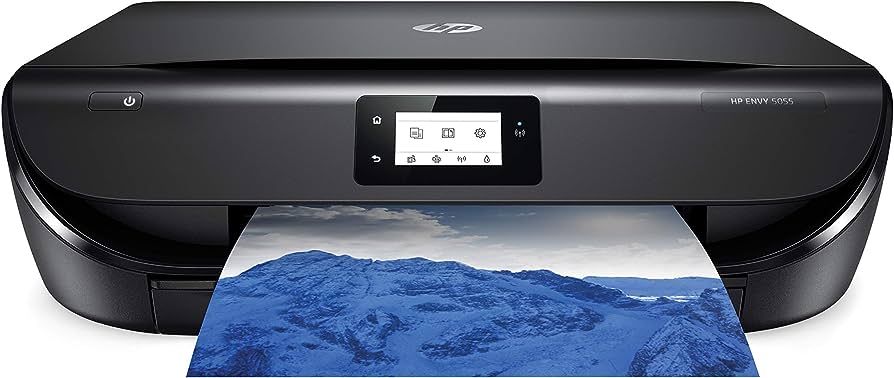In an era defined by rapid technological advancement and the widespread integration of digital solutions into our daily lives, the importance of safeguarding our personal data has never been more crucial. As we navigate this digital landscape, we often leave behind a trail of information that can be collected, analyzed, and potentially exploited by various entities. From social media platforms and online retailers to government agencies and malicious hackers, numerous entities are keen to access our personal data for various purposes. In this blog post, we’ll explore the challenges of privacy in the digital age and provide practical strategies to help you protect your personal data.
The Digital Footprint: Understanding the Challenge
Before delving into strategies to protect your personal data, it’s essential to comprehend the extent of your digital footprint. Our digital lives are interconnected through various devices, services, and platforms, generating a wealth of data about our preferences, behaviors, and interactions. This data includes, but is not limited to, your browsing history, location information, social media posts, online purchases, and communication logs.
The challenges to privacy in the digital age can be summarized as follows:
-
Data Collection: Companies and organizations, including tech giants, collect massive amounts of data from users, often without their explicit consent. This data is used for targeted advertising, analytics, and more.
-
Data Breaches: Data breaches have become all too common, leading to the exposure of sensitive information. These breaches can be financially devastating and can also result in identity theft and other forms of fraud.
-
Government Surveillance: Governments around the world engage in surveillance programs, which may infringe on personal privacy. Even if these programs are meant for national security, there’s a risk of abuse.
-
Cyberattacks: Malicious hackers seek to exploit vulnerabilities in digital systems to access personal data for nefarious purposes, such as ransomware attacks.
Now that we’ve established the challenges, let’s explore strategies to protect your personal data in the digital age.
1. Use Strong, Unique Passwords
One of the most fundamental steps in data protection is using strong, unique passwords for your accounts. Avoid using easily guessable information like “123456” or “password.” Instead, use a combination of upper and lower case letters, numbers, and special characters. Consider using a reputable password manager to generate and store complex passwords securely.
2. Enable Two-Factor Authentication (2FA)
Two-factor authentication adds an extra layer of security to your online accounts. When enabled, it requires you to provide a second piece of information (e.g., a code sent to your mobile device) in addition to your password. This greatly enhances the security of your accounts and helps prevent unauthorized access.
3. Review Privacy Settings
Many online services and social media platforms allow you to customize your privacy settings. Take the time to review these settings and adjust them to limit the information you share with others. You can often restrict who can see your posts, who can contact you, and more.
4. Regularly Update Your Software and Apps
Keep your operating system, applications, and antivirus software up to date. Developers release updates to patch vulnerabilities that can be exploited by hackers. By keeping your software current, you reduce your exposure to security threats.
5. Be Cautious with Personal Information Sharing
Exercise caution when sharing personal information online. Avoid sharing sensitive data, such as your home address and phone number, unless it’s absolutely necessary. Be mindful of what you post on social media, as oversharing can expose you to risks.
6. Use Encrypted Communication Tools
When sending sensitive information, such as personal or financial details, use encrypted communication tools like Signal for messaging and ProtonMail for email. These services provide end-to-end encryption, making it difficult for unauthorized parties to intercept and read your messages.
7. Protect Your Wi-Fi Network
Secure your home Wi-Fi network with a strong, unique password. Use WPA3 encryption if possible. Also, change the default username and password for your router to prevent unauthorized access to your network.
8. Beware of Phishing Attacks
Phishing is a common tactic used by cybercriminals to trick individuals into revealing their personal information. Be cautious when clicking on links or opening email attachments, especially if they come from unknown sources. Always verify the sender’s legitimacy.
9. Use a Virtual Private Network (VPN)
A VPN can help protect your online privacy by encrypting your internet connection and masking your IP address. This makes it harder for websites and advertisers to track your online activities.
10. Educate Yourself and Stay Informed
Stay informed about the latest cybersecurity threats and best practices for data protection. Being aware of potential risks and staying up to date with security trends can help you make informed decisions regarding your digital activities.
In conclusion, safeguarding your personal data in the digital age is a critical aspect of responsible online behavior. By following these strategies, you can significantly reduce the risk of your personal information falling into the wrong hands. However, it’s essential to remember that complete privacy in the digital world is challenging to achieve. Remaining vigilant and continually updating your security measures is key to staying one step ahead of potential threats and protecting your personal data in an ever-evolving digital landscape.
Author Section :-
I am a passionate blogger. I love to share my thoughts and ideas through blog posting. Antonio Smith has five years of experience in Tech, Business, & Health. I am associated with thecryptojournals.net, thecasinojournals.com, thecasinomagazine.com, digiimagination.in, globalbulletinmagazine.com, greenenergyjournals.com, globalcryptomagazine.




